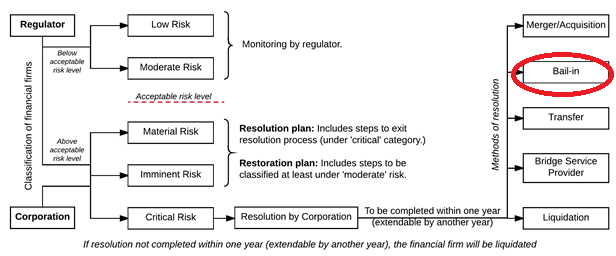7667766266
enquiry@shankarias.in
Click here for Part I.
What is the issue?
What is the existing method?
What are the concerns in the proposed bill?

Source: BusinessLine